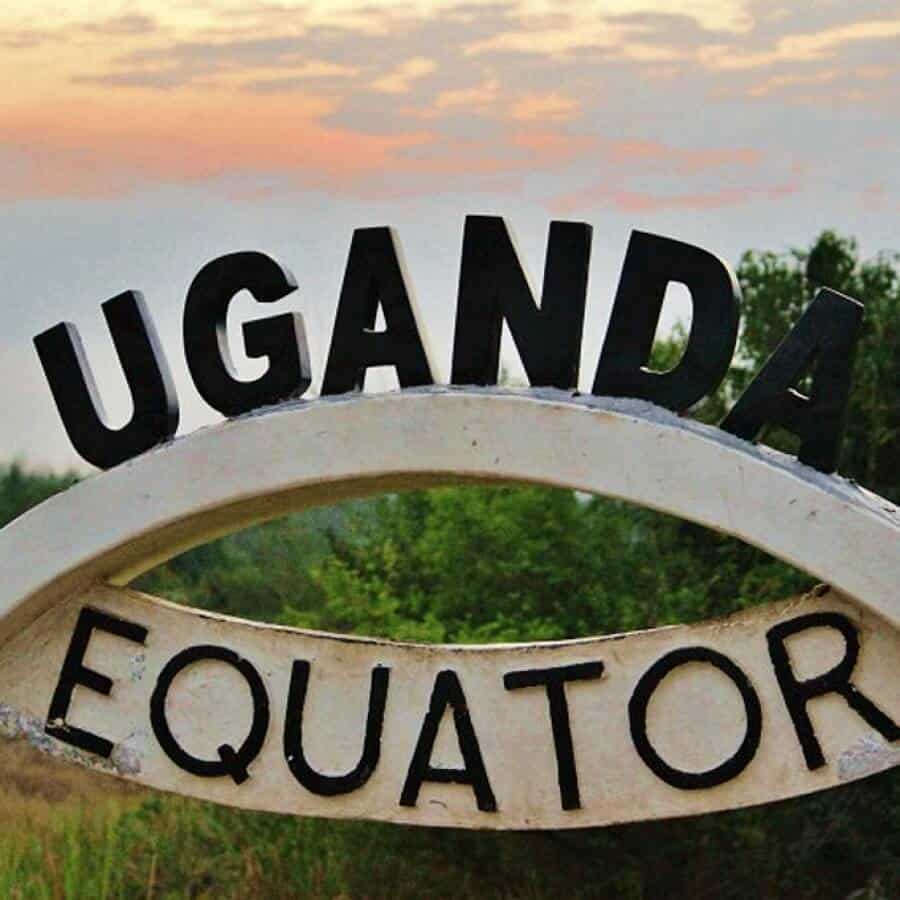Between 2013-2016, Leigh Woods, Project Manager at Youth Time made his living in the small landlocked east African country of Rwanda. Aware of his fortune and the privilege he had to live in a region that boasted jaw-dropping scenery, a rich culture and majestic wildlife, his innate desire to explore became unleashed. In this article, he documents his journey through the southern parts of Rwanda’s beautiful neighbor nation, Uganda.
Bordered by no less than five other nations, Uganda is an east African nation that was once dubbed, “the Pearl of Africa” by none other than Winston Churchill.
“For magnificence, for variety of form and color, for profusion of brilliant life — bird, insect, reptile, beast — for vast scale — Uganda is truly “the Pearl of Africa.”
It wasn’t just the former British Prime Minister that was enticed by Uganda’s beauty, with plenty of explorers and discoverers sharing the same sentiment, speaking in glowing terms of the country.
From the bustling streets of Kampala to the open plains of Queen Elizabeth National Park, Uganda’s rich culture, beautiful nature and friendly people are truly a joy to behold.
My own experience in Uganda was far too short, having only the time to visit some of the country’s stunning attractions in the southern region. The brief trip left me wanting more, however, and reflecting back through the images I managed to capture whilst venturing through the lush green hills and picturesque lakes has re-instilled a strong sense of wanderlust…
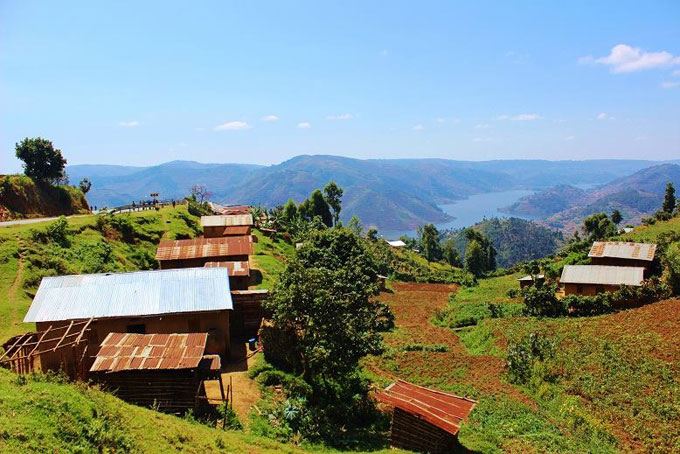
Figure 1: As our group entered Uganda through its southern border, we were met by spectacular views as we drove through the mountains toward Queen Elizabeth National Park.
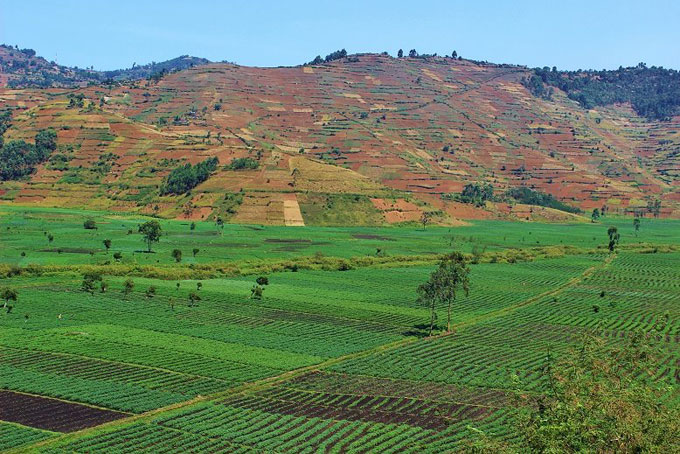
Figure 2: The rich volcanic soils in Uganda’s south make the land extremely fertile, allowing for a wide-variety of crops to be cultivated.
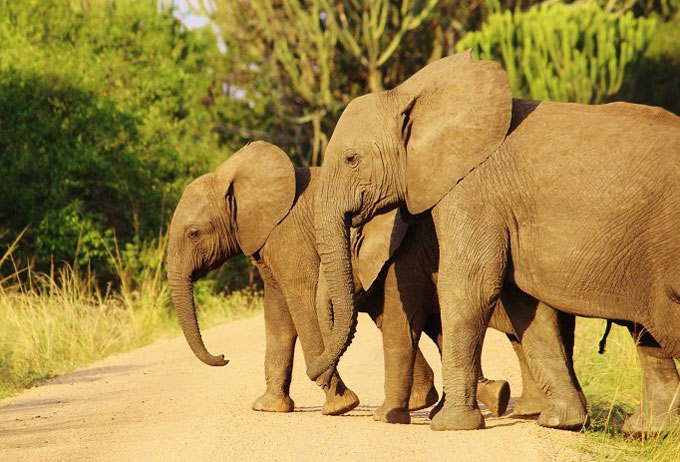
Figure 3: Queen Elizabeth National Park is home to four of Africa’s “Big 5” (lion, leopard, elephant, cape buffalo). Our group were delighted to have spotted all four during the two-day safari through the nature reserve.
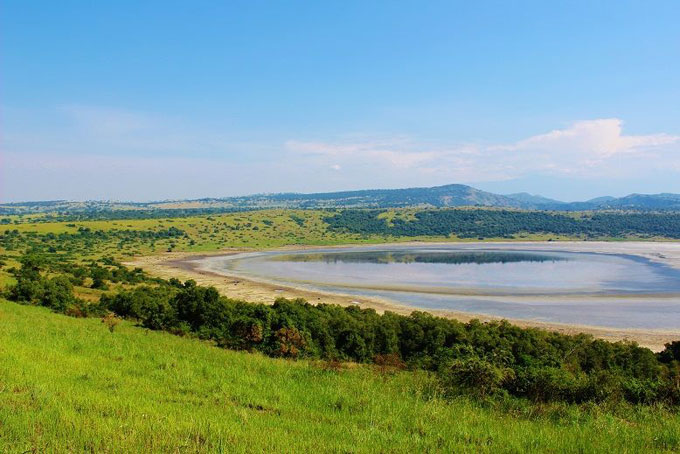
Figure 4: Queen Elizabeth National Park is home to several awe-inspiring crater lakes that offer spectacular photo opportunities – not to mention a nice spot for a cup of tea.
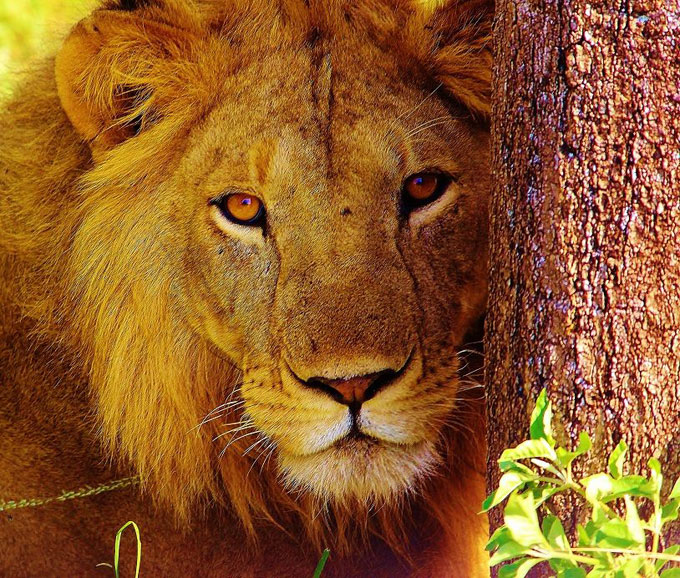
Figure 5: Upon entering the Queen Elizabeth National Park on a scorching hot day, we happened upon two young brother lions resting in the shade of a tree.
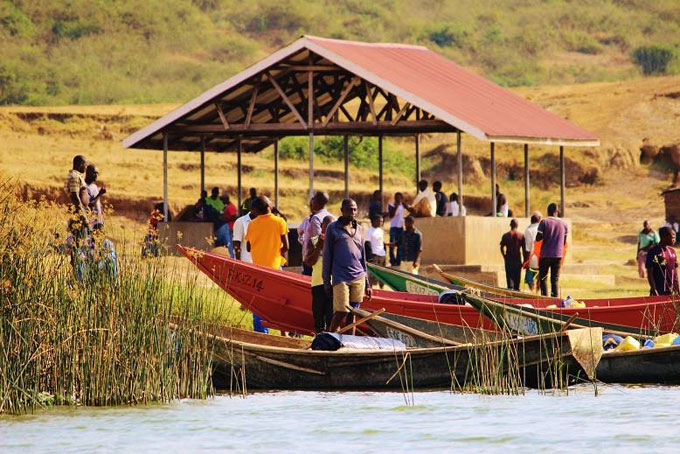
Figure 6: On a daily basis, residents of the Kazinga Channel fishing village have to dodge through waters filled with hippos and Nile crocodiles in order to get their catch.
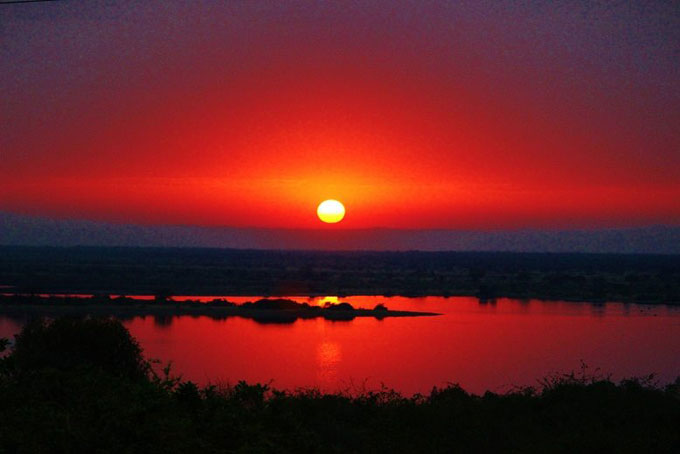
Figure 7: Ugandan sunsets are worth writing home about. This photo was taken by one of the lakes situated close to the equator.
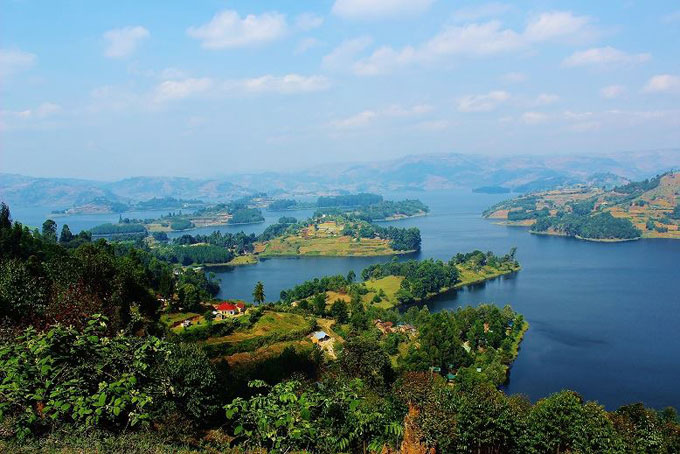
Figure 8: The stunning Lake Bunyonyi, meaning “Lake of Little Birds” is so-named for its rich biodiversity in bird species. Home to a wide-variety of biomes, the east African region is a haven for bird life and an ornithologists paradise.
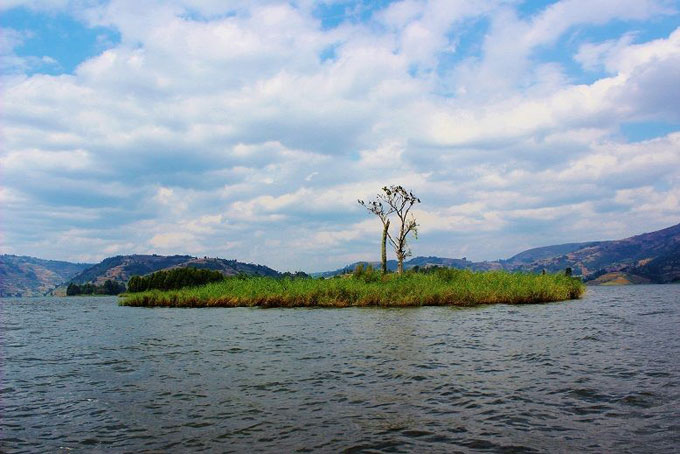
Figure 9: Despite its beauty, Lake Bunyonyi has a dark history. Akampene (Punishment Island) was a place the Bakiga people used to leave unmarried pregnant girls to die of hunger. They did this to intimidate other girls into not following suit. A man without cows to pay the bride price could go to the island and pick up a girl. The practice was abandoned in the first half of the 20th century.

Figure 10: A view of Mount Muhabura, located on the border between Uganda and Rwanda.
Photos: Leigh Woods
Support us!
All your donations will be used to pay the magazine’s journalists and to support the ongoing costs of maintaining the site.
Share this post
Interested in co-operating with us?
We are open to co-operation from writers and businesses alike. You can reach us on our email at [email protected]/[email protected] and we will get back to you as quick as we can.
